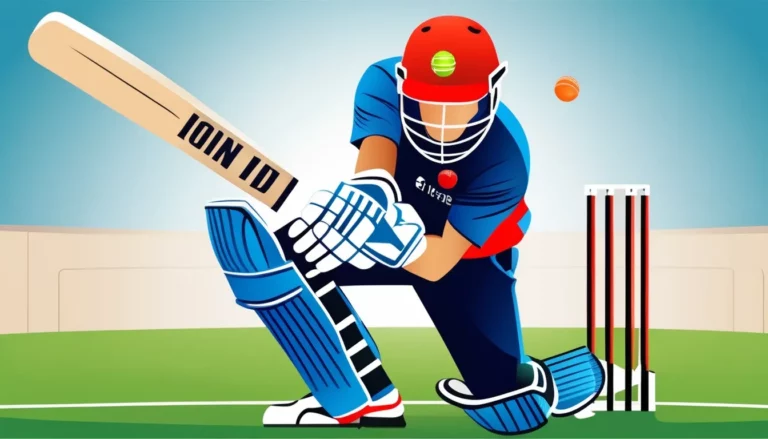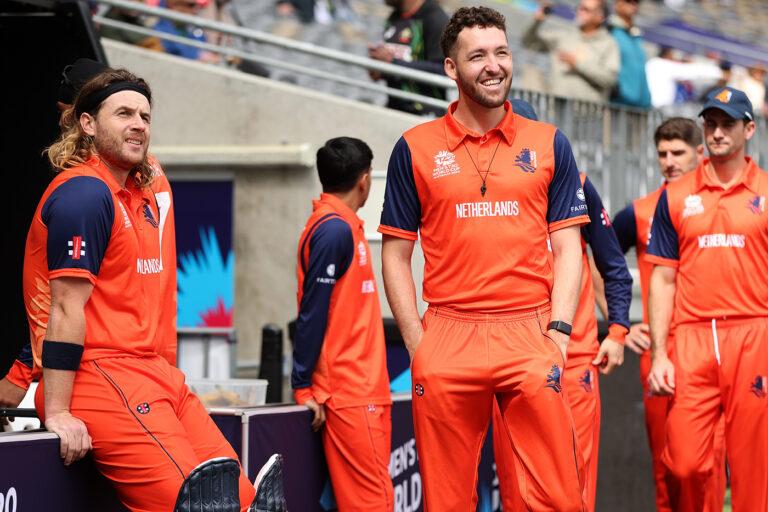Analyzing the Evolution of Cricket Ground Management
Play99exch, Allpaanel: Cricket grounds have evolved significantly over the years in response to the changing demands of the sport. From the early days of makeshift pitches on natural grass fields, modern cricket grounds now boast state-of-the-art facilities and amenities. The transformation has not only enhanced the playing conditions for the athletes but has also elevated the overall spectator experience.
The evolution of cricket grounds can be attributed to advancements in turf management practices, irrigation systems, and stadium infrastructure. Groundsmen work tirelessly to maintain pristine pitches that are conducive to high-level gameplay. Additionally, the incorporation of technology in ground management has revolutionized the way grounds are monitored and maintained, ensuring optimal playing conditions throughout the season.
The Role of Technology in Ground Management
As cricket grounds continue to evolve, technology plays an increasingly crucial role in their management. From advanced irrigation systems to state-of-the-art pitch monitoring technology, groundskeepers now have access to a wide array of tools to ensure that the playing surface is of the highest quality.
With the help of drones equipped with high-resolution cameras, ground managers can now assess the condition of the entire field from above, identifying areas that may require attention. Additionally, the use of weather monitoring systems allows for real-time tracking of weather patterns, enabling groundskeepers to adjust their maintenance practices accordingly to ensure optimal playing conditions.
Historical Changes in Ground Maintenance
With the passage of time, the evolution of cricket ground maintenance has undergone significant changes. In the early days, maintaining cricket grounds was a labor-intensive task, relying on manual labor and basic equipment to keep the playing surface in good condition. Groundsmen were tasked with ensuring that the pitch was flat, the outfield was kept free of obstacles, and the overall appearance of the ground was presentable.
As the popularity of cricket grew and professional leagues emerged, the demand for higher standards of ground maintenance also increased. This led to the adoption of modern technologies and specialized equipment in ground management practices. Groundsmen now have access to advanced tools such as mowers, rollers, and irrigation systems to help maintain the pitch and outfield to the highest standards. These advancements have not only improved the playing conditions for cricketers but have also enhanced the overall spectator experience at cricket matches.







